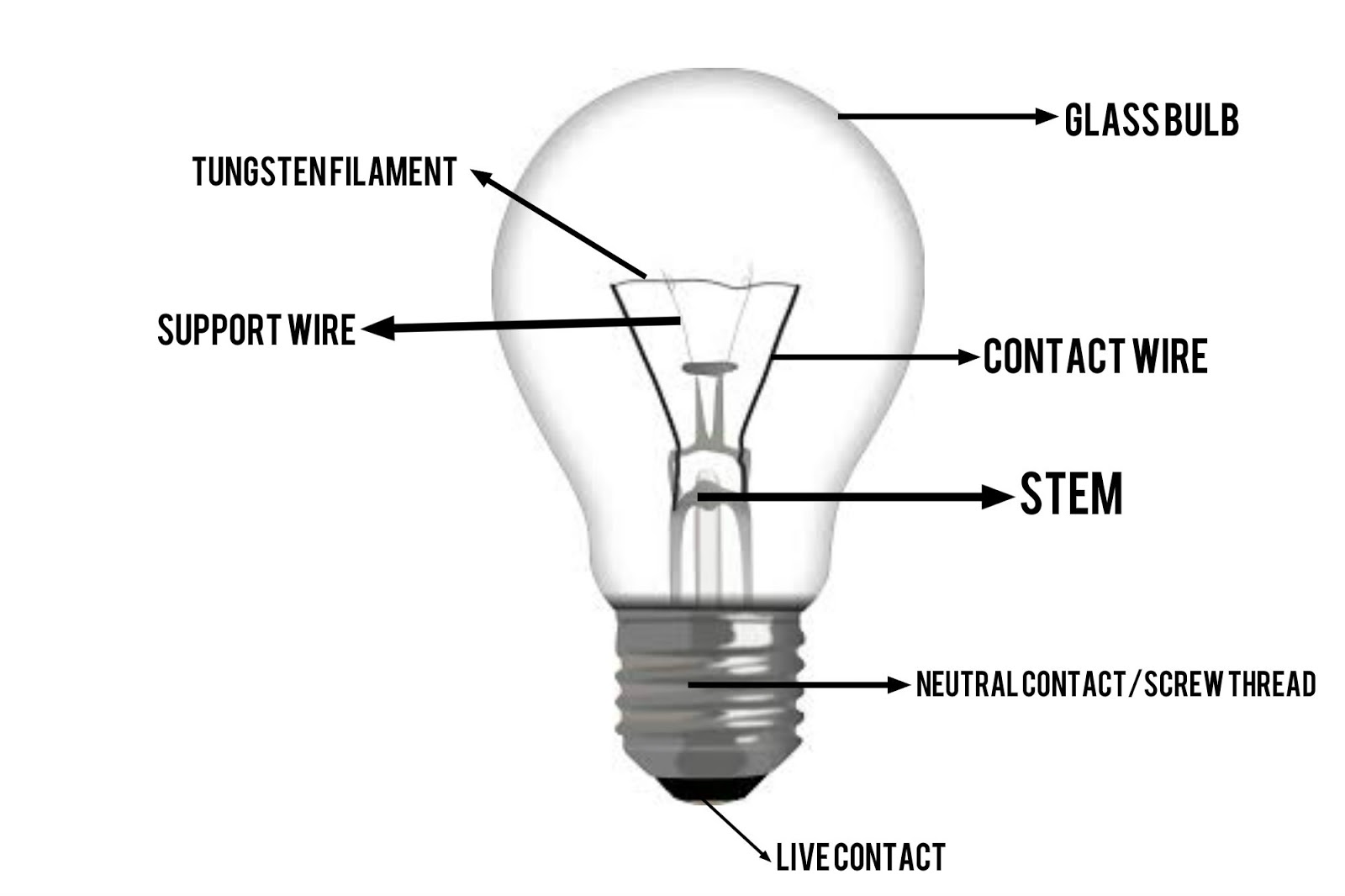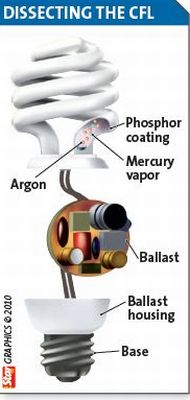

Those bulbs are hot! Where do you use incandescent light bulbs? If you have ever touched a lit incandescent bulb, you have experienced the 90/10 heat-to-light ratio. Incandescent light bulbs, in fact, produce 90 percent heat and 10 percent light. So unless you are in the market for a “heat lamp,” the very heat produced by the incandescent bulb is wasteful by nature.

Here’s the thing with incandescents, though: incandescence is fire and fire produces more than just light. And when there are no more particles to burn, the light bulb burns out, which typically takes place 800-1,200 hours into the life of the incandescent light bulb. As the filament continues to burn, particles fly off the filament. The light in an incandescent light bulb is really just that effect occurring in a contained, controlled environment.

(You would see this same effect in a burning log or coal.) And when the filament heats up, “incandescence” is created, which is light produced by heat. When electrical current makes contact with the base of the bulb, electricity enters and heats the tungsten filament housed inside. In this article, I’ll be discussing the technology incandescent light bulbs use to produce artificial light.īasically, an incandescent light bulb is a controlled fire on display. Here at Regency, we feel it’s really important that all of our service teams understand the basics of lighting. We begin our service team training by covering the most basic idea of all in the lighting world: How does a light bulb produce artificial light? Or maybe you're just into cool facts and trivia. It’s not always necessary to understand the basics of these things, but it may help us to make better use of them and make more informed buying decisions. Sure, we can thumb around on our iPhone’s apps and show our grandmothers how Instagram and FaceTime work, but could we ever explain the device’s technological makeup? Our technologically advanced day and age has filled our lives with a bunch of equipment with functionality that most of us probably couldn’t begin to explain in any kind of detail. They probably demonstrated what it could do, talked about pricing and upgrades, and leaned on their usual talking points. The sales associate probably rattled off a bunch of the product’s features. Think about the last time you were at a store buying a microwave or some other appliance, like a refrigerator or a dryer.


 0 kommentar(er)
0 kommentar(er)
